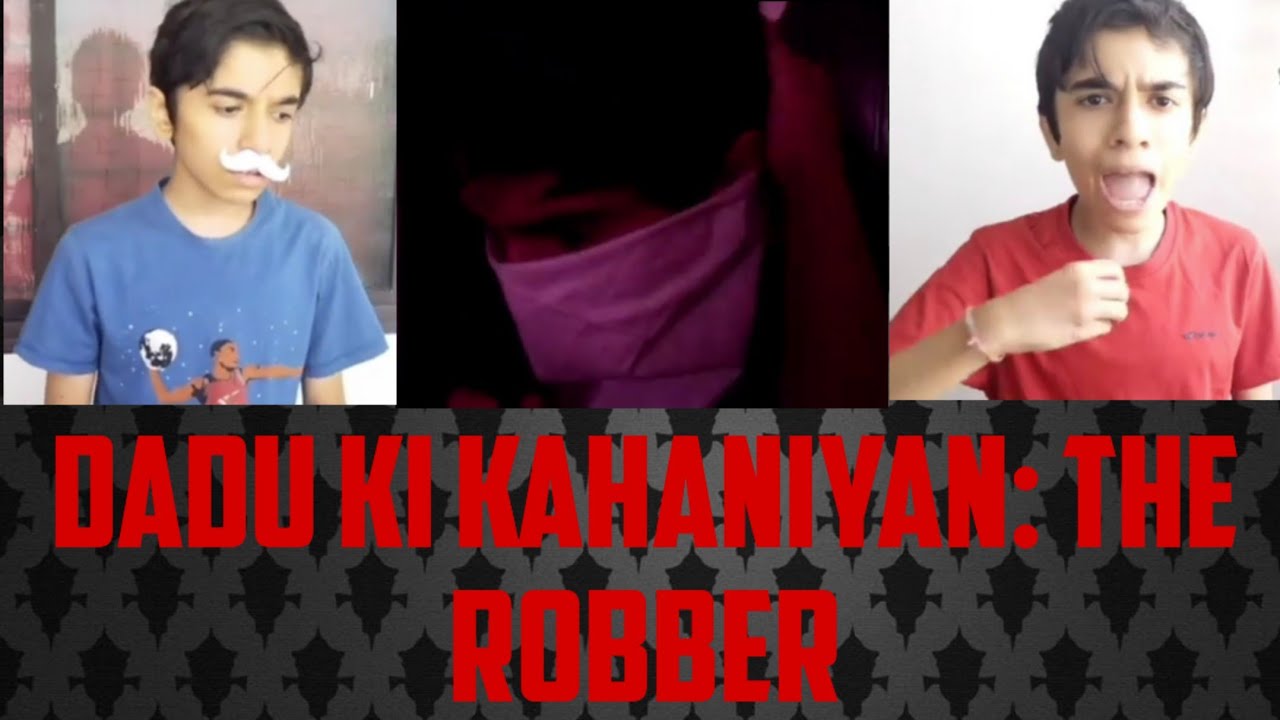Shadow | The Dr. Binocs Show | Educational Videos For Kids
Summary
TLDRThis script introduces the concept of shadows with a playful narrative involving Mr. Deer and Mr. Crow, which are actually hand shadows. It explains that shadows form when light cannot pass through an object, and their visibility depends on the object's light exposure. The script also touches on the factors affecting shadow size, such as the distance between the light source and the object. It highlights the straight-line travel of light and its historical use in timekeeping and causing lunar eclipses, ending with an invitation for more enlightening facts in the next episode.
Takeaways
- 🦌 Mr. Deer and Mr. Crow are shadows created by the speaker's hands, illustrating the concept of shadows.
- 🌞 A shadow is formed when light cannot pass through an object, casting a dark area behind it.
- 👀 Shadows are visible only for objects that are visible to the eyes, unlike air and water which light can penetrate.
- 💡 The number of shadows depends on the number of light sources; more lights result in more shadows.
- 🔦 Shadows change in size based on the distance between the light source and the object; closer light results in a larger shadow.
- 📏 The shortest shadow is cast when the light source is directly above the object.
- 🌌 Light travels in a straight line and does not bend around objects to illuminate the area behind them.
- ⌛ Ancient people used the Sun clock to estimate time, relying on the movement of shadows.
- 🌕 A lunar eclipse occurs when the Earth's shadow is cast on the Moon, with the Sun as the light source.
- 🔍 The script uses a playful narrative to explain scientific concepts related to light and shadows.
- 🎉 The speaker invites the audience to tune in for more fun facts in the next session.
Q & A
What is the main topic discussed in the script?
-The main topic discussed in the script is the concept of shadows, how they are formed, and various aspects related to them.
What does the script suggest when it says 'Mr. Deer' and 'Mr. Crow' are introduced?
-The script uses 'Mr. Deer' and 'Mr. Crow' as examples of shadows created by the hand, emphasizing that shadows can take on various shapes.
How does the script explain the formation of shadows?
-The script explains that shadows are formed when light cannot pass through an object, resulting in a dark area on the other side.
Why can't we see shadows of air and water?
-We can't see shadows of air and water because light can pass through them without being blocked, so no shadow is cast.
What determines the number of shadows an object can have?
-The number of shadows an object can have depends on the number of light sources; more light sources result in more shadows.
How does the script describe the change in the size of Mr. Deer's shadow?
-The script describes that the size of the shadow changes based on the distance between the light source and the object, with the shadow becoming smaller as the light source moves away and larger as it approaches.
What happens to the shadow when the light source is directly above the object?
-When the light source is directly above the object, the shadow is at its shortest because the light is perpendicular to the object.
Why does the script mention that light travels in a straight line?
-The script mentions this to explain that light cannot bend around objects, which is why it casts shadows on one side of the object.
How were time estimations made before clocks were invented?
-Before clocks, people used the Sun clock, which relied on the movement of the sun and the shadows it cast to estimate time.
What is a lunar eclipse and how is it related to shadows?
-A lunar eclipse occurs when the Earth casts a shadow on the Moon, blocking the sunlight, and is related to shadows as it demonstrates the blocking of light by an object.
What does the phrase 'Zooming Out' imply in the script's context?
-The phrase 'Zooming Out' implies that the speaker is concluding the discussion and moving on to a broader perspective or ending the topic.
Outlines

Cette section est réservée aux utilisateurs payants. Améliorez votre compte pour accéder à cette section.
Améliorer maintenantMindmap

Cette section est réservée aux utilisateurs payants. Améliorez votre compte pour accéder à cette section.
Améliorer maintenantKeywords

Cette section est réservée aux utilisateurs payants. Améliorez votre compte pour accéder à cette section.
Améliorer maintenantHighlights

Cette section est réservée aux utilisateurs payants. Améliorez votre compte pour accéder à cette section.
Améliorer maintenantTranscripts

Cette section est réservée aux utilisateurs payants. Améliorez votre compte pour accéder à cette section.
Améliorer maintenant5.0 / 5 (0 votes)






